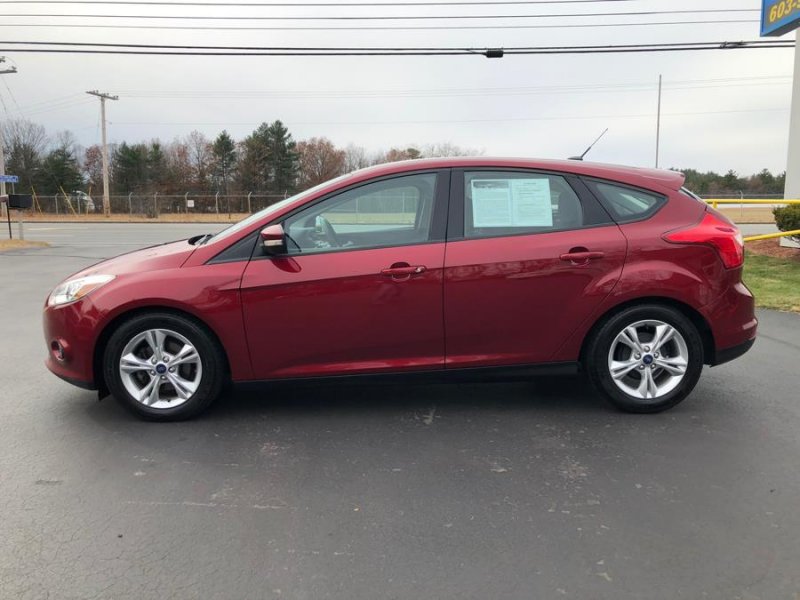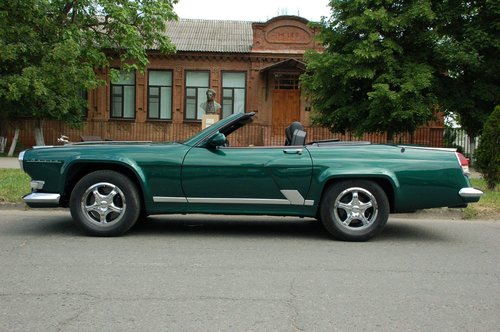Is it time to sell a Ford? Or buy?
 This spring, Ford announced that it would soon stop selling cars in Russia and close two of its three Russian plants. The remaining enterprise in Elabuga will produce only commercial Transit models. What now to do the current owners of Ford and those who are going (going) to buy a passenger model of this brand? Is there any cause for concern?
This spring, Ford announced that it would soon stop selling cars in Russia and close two of its three Russian plants. The remaining enterprise in Elabuga will produce only commercial Transit models. What now to do the current owners of Ford and those who are going (going) to buy a passenger model of this brand? Is there any cause for concern?
Should I buy a new Ford now?
It is expected that in the summer of 2019, the main stocks of passenger models at dealerships will be almost exhausted. Balances are now being sold at a discount. For example, Focus is offered cheaper by 175,000 rubles (relative to the previous base price of 1,003,000 rubles), Fiesta – by 75,000 rubles (before prices started at 849,000 rubles). The Kuga crossover became more affordable for 175,000 rubles (it was – from 1,386,000 rubles). All prices do not include additional discounts for credit cars.
True, there are marketing tricks. Ford has had regular discounts before, so the current offers are not so profitable as before. And most importantly, at the beginning of the year (even before the announcement of care), Ford products had time to undergo another price increase.
The company said that it retains all obligations for warranty and post-warranty service for sold cars. That is, the supply of services with original consumables and spare parts will continue. But how many branded stations will remain? Will they be preserved in all cities where they are now? There is no clear picture. Car dealerships are independent private enterprises, one way or another they will have to redirect their business to other brands, sell only commercial vehicles from Ford or close. Not everyone can and will want to extend the contracts for corporate service Fords. It is not yet known how Ford will build work in the new conditions.
Let us turn to the existing practice. In 2014, the GM concern removed the Opel brand and a significant part of the Chevrolet models from the Russian market. Like Ford now, the company GM then assured its customers in the preservation of warranty and post-warranty service. However, in reality, not everything turned out so smoothly and simply. The network of branded services began to decline rapidly. And if in the “million-plus” branded stations are preserved, then in many cities they are smaller. Owners of cars Opel and Chevrolet became impossible to serve in the usual format. It was necessary to rely only on independent services, and in case of serious technical problems (warranty and other) it was suggested to contact the nearest authorized GM service, which, taking into account our distances, could now be a thousand or more kilometers from the place of residence. Later (approximately in two or three years), the company expanded its official presence, opening additional service points for former clients, but certain inconveniences remained.
Nikolay, the manager of the former GM car dealership: Now on the site of the dealership there is a usual independent service, where they service and repair different cars. Including on the general principles of Opel and Chevrolet, for which there is a large warehouse of consumables and spare parts for the most popular groups. The official car service of GM in the city is engaged in another car center. The problem of unofficial stations is that the manufacturer does not sell original spare parts to independent services. Moreover, there are positions from a number of complex electronic components, for example, control units that do not have non-original counterparts, and branded ones are very expensive. The company’s withdrawal from the Russian market was most reflected in those customers whose warranty ended just before the dealership closed down, and serious problems arose with, say, a box or an engine. In addition, the owners of new models, who entered the market just before the company’s departure, were in a not very good position. For example, Chevrolet Trailblazer SUVs, which at that time didn’t even have enough time to save even consumables.


